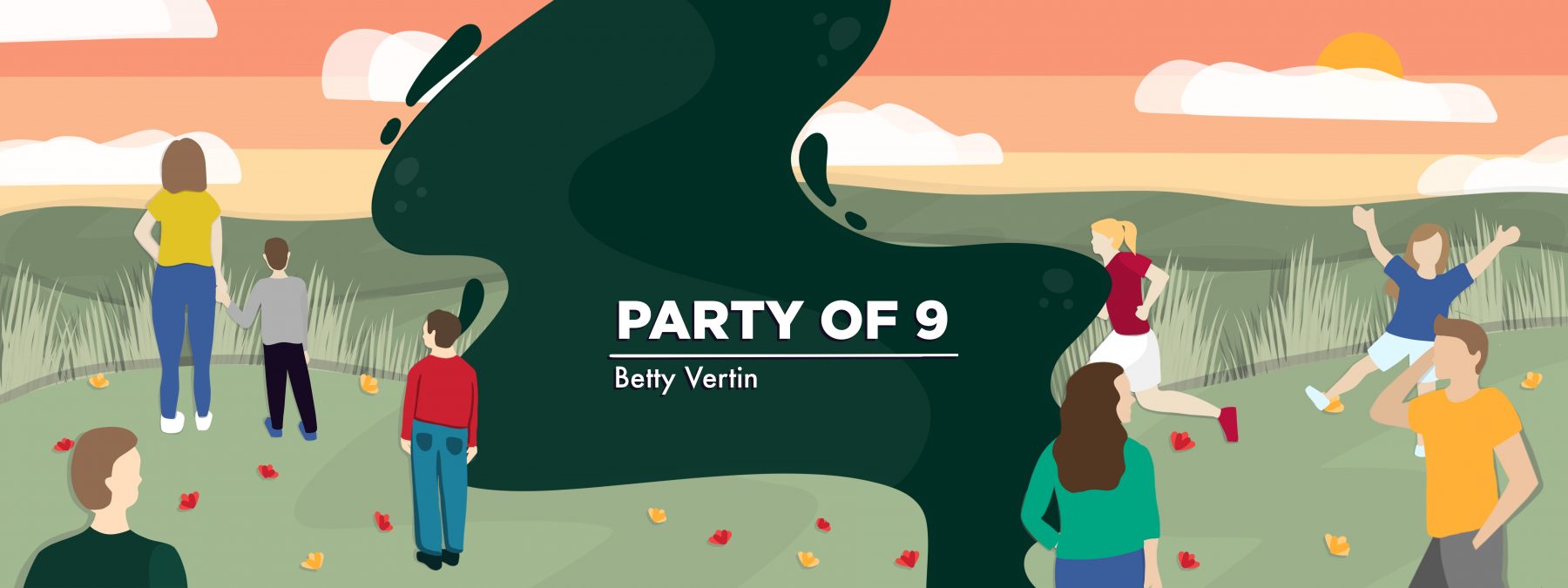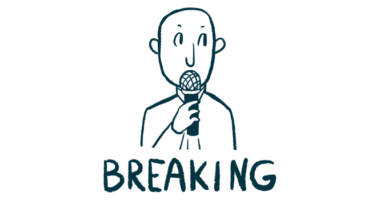As a DMD mom, I’m slowly learning to appreciate using a Hoyer lift
The tool helps transfer our sons, but it's been a tough if necessary adjustment

In last week’s column, I mentioned that thanks to the encouragement of some fellow Duchenne muscular dystrophy (DMD) moms, I’ve begun using a Hoyer lift with my 14-year-old, Rowen. He’s one of my three sons with DMD.
I’ve had the lift since Rowen became nonambulatory at age 11. Since then, he’s slowly lost his ability to bear weight during transfers — yet the lift sat in our garage till recently. There were periods when I should’ve used it, such as when I was pregnant with my youngest daughter, Callie. But for some reason, I just left it to gather dust.
Looking back over the past couple of months, I should’ve seen it coming. I hurt my back several times in March, but instead of getting out the lift, I began to lift weights and get stronger. While this choice was good for my health, it wasn’t necessarily right for caregiving.
Then, in June, my three sons with DMD attended the Muscular Dystrophy Association Sumer Camp. I advised Rowen’s counselors to lift and transfer him manually, as we do at home. I didn’t think to tell them differently. When the boys returned from camp, my oldest son with DMD, Max, said that his dad, Jason, and I are old-fashioned because we physically lift them.
I always thought it was because Jason and I are big people. If I were 5-foot-2 and 120 pounds, I might have no choice but to use a lift. But as tall and strong former athletes, Jason and I could lift them, so we did.
Embracing change isn’t easy
I finally realized the Hoyer lift was necessary after we bought some new furniture last month. Rowen likes to get out of his chair and relax on the new couch, but I started waking up with sore hips every morning. It finally dawned on me that because the new couch sits taller than our previous one, I was using my muscles differently to lift him higher.
Jason was leaving for a weeklong work trip, so I decided to finally bring the lift inside. Trust me, there was a lot of dust to wipe off! But I was thankful I’d known enough to take care of the battery over the past three years, so after a simple charge, it was ready to go.
The machine is still a little awkward to use, and Rowen and I have yet to settle on a routine, but my hips don’t hurt, and I know he likes it. He even asks his dad to use it with him sometimes.
But why was I so hesitant to use it?
We probably didn’t need the lift when we first got it, but we wanted to have it before it became necessary. Back then, the boys would say things like, “I’m not that disabled yet. I don’t need it.”
We also needed somewhere to put it inside. We’ve since renovated and made more space in our house, but having two boys in power chairs takes up most of that additional space. The Hoyer lift is awkward and not exactly pretty, either, so I preferred it out of the way.
Ultimately, though, it came down to me. I was just as hesitant to use it as the boys were — if not more so. I also believed they weren’t “disabled enough” yet. But even when they reached that point, I had trouble accepting it. With a progressive disease, milestones often represent decline.
But I know DMD won’t wait for me or the boys to be ready. Even if I’m slow to realize we need to make a change, we’ll find a way to make things work.
Note: Muscular Dystrophy News Today is strictly a news and information website about the disease. It does not provide medical advice, diagnosis, or treatment. This content is not intended to be a substitute for professional medical advice, diagnosis, or treatment. Always seek the advice of your physician or another qualified health provider with any questions you may have regarding a medical condition. Never disregard professional medical advice or delay in seeking it because of something you have read on this website. The opinions expressed in this column are not those of Muscular Dystrophy News or its parent company, Bionews, and are intended to spark discussion about issues pertaining to muscular dystrophy.








Leave a comment
Fill in the required fields to post. Your email address will not be published.